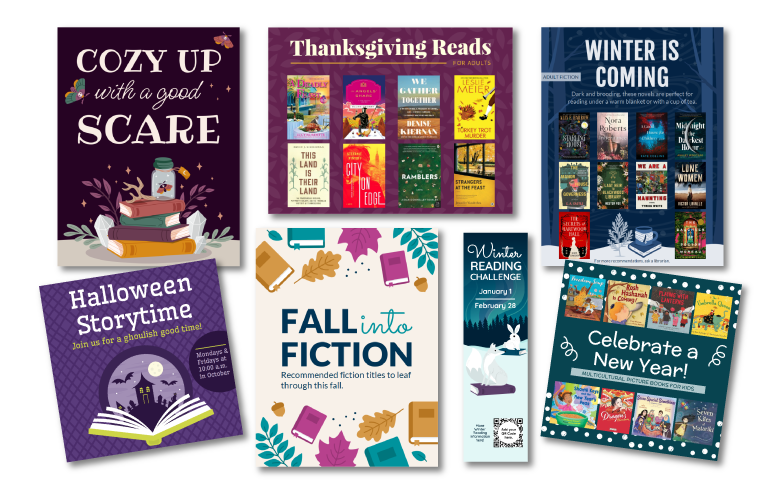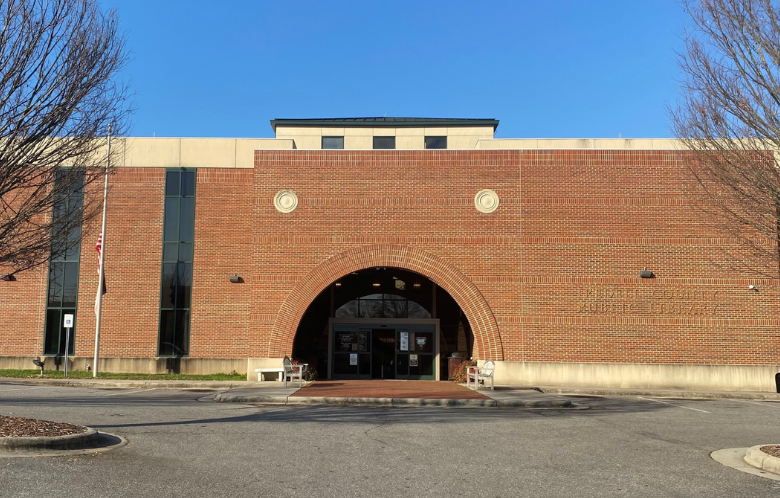My inbox is full of email messages from libraries I’ll never get the chance to visit. I love signing up for library email! I learn about new programs and services at libraries across the world. My to-be-read list grows every day, thanks to the promotional efforts of libraries. They know that the most effective way to reach their community is through email marketing.
Ever wondered how your library’s email performance compares to others? Benchmarks help you understand how well your emails perform in key areas and identify opportunities for improvement. They also allow you to compare your email marketing performance, set goals, and stay on top of trends.
However, the lack of industry benchmarks for email marketing metrics specific to libraries has been bugging me. Until now, library staff who promote their library by email had to compare their metrics to similar industries, like nonprofits and education. But that wasn’t a helpful solution. Metrics from similar industries don’t fully capture the unique aspects of promoting a library.
To help libraries accurately measure their email effectiveness, we’ve created the first-ever library email benchmark report. We took data from the millions of emails sent by LibraryAware customers to create this report, which you can download here.

What to do with these new benchmarks
Compare your library email metrics with our benchmarks. You want your open and click-to-open rates (CTOR) to match or exceed the industry averages. For bounce rate, you want your rate to match or be lower than the industry averages.
How to improve your library email metrics
My colleague, Leigh Gaddy, is an email expert. She has worked for several nonprofits (including a library), and now writes emails for NoveList. With these new benchmarks to work from, Leigh offers some tips for improving your library email metrics.
How to improve your open rate
- If you can make the adjustment, personalize your “From” address (for LibraryAware customers, this is the “Friendly From” field). Have the email come from a specific person or team email address. Emails that look like they come from someone real are more likely to be opened.
- Spend time crafting engaging subject lines. Studies show nearly half of users decide to open an email based on the subject line alone. Keep them short, no more than 4-7 words. Try asking a question or adding an emoji to catch a scroller’s attention.
Suggestions for improving your click-to-open rate
- Make sure you provide something to click on. There should always be a Call-to-Action (CTA) in an email, whether it’s a single action (“Sign up!”) or multiple choices (blogs, program info, titles linked to your catalog, etc.).
- If your open rates show that people are opening your emails, but your CTOR is low, then they may be discarding your emails because the copy is uninteresting or unclear. Try to write text that is interesting enough to make your readers want to act!
- Make sure your images are high-quality. LibraryAware customers have access to millions of library-specific images and graphics that add a professional look to any email.
- Your emails should be sent to people who have signed up for them. Those recipients are already interested in your information and will be more likely to act on your email.
- Put the most important CTA at the top of the email, and the least urgent ones at the bottom. The farther someone must scroll, the less likely they are to see things.
Angela Hursh is Manager of Library Engagement, Marketing, and Professional Development at NoveList. She is listening to The God of the Woods by Liz Moore.



